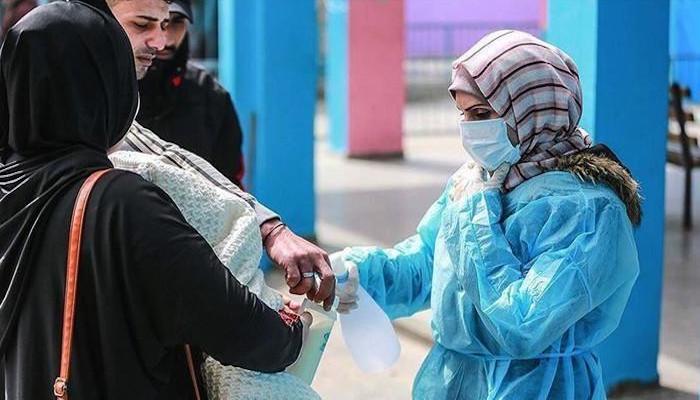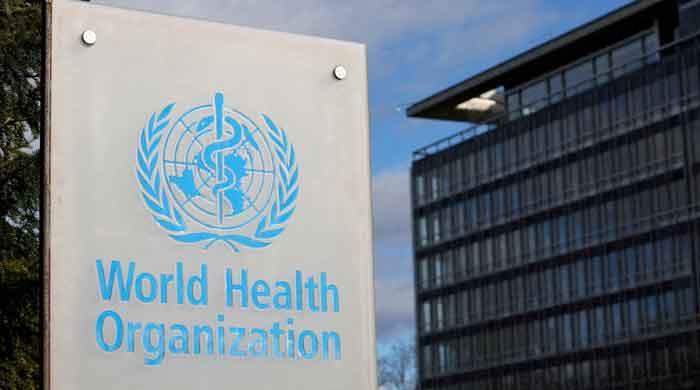Pakistan's coronavirus positivity rate stays below 7% for straight week
Country has recorded less than 4,000 daily infections for nine out of 10 days since August 29, NCOC data shows
September 07, 2021

- Pakistan records 3,316 daily coronavirus cases in last 24 hours, NCOC data shows.
- Country records less than 4,000 daily new coronavirus cases for fifth consecutive day.
- Positivity rate stands at 6.33%.
ISLAMABAD: Pakistan reported a coronavirus positivity rate of less than 7% for the seventh consecutive day, government data showed Tuesday morning.
According to the National Command and Operation Centre, 52,314 COVID-19 tests were conducted across the country in the last 24 hours, of which 3,316 returned positive. The country has recorded less than 4,000 daily infections for nine out of 10 days since August 29.
Per the official portal, the rate of positive cases during the last 24 hours was 6.33%. Since August 24, Pakistan's positivity rate has been under 7% on 13 out of 15 days.
The number of deaths from COVID-19 in the country has risen to 26,330 after 98 people died from the virus, while the total number of cases has reached 1,186,234.
In addition to this, 3,270 patients have recovered from COVID-19 in the last 24 hours across the country, bringing the total number of recoveries to 1,067,589, while the number of active cases is 92,315.
Read more: NCOC imposes new set of COVID-19 restrictions; bans indoor, outdoor events in Islamabad
Pakistan is reporting 3,805 new infections on average each day, 65% of the peak — the highest daily average reported on June 17.
Pakistan has administered at least 61,724,580 doses of COVID vaccines so far. Assuming every person needs 2 doses, that’s enough to have vaccinated about 14.3% of the country’s population.
During the last week reported, Pakistan averaged about 1,204,828 doses administered each day. At that rate, it will take a further 36 days to administer enough doses for another 10% of the population.











